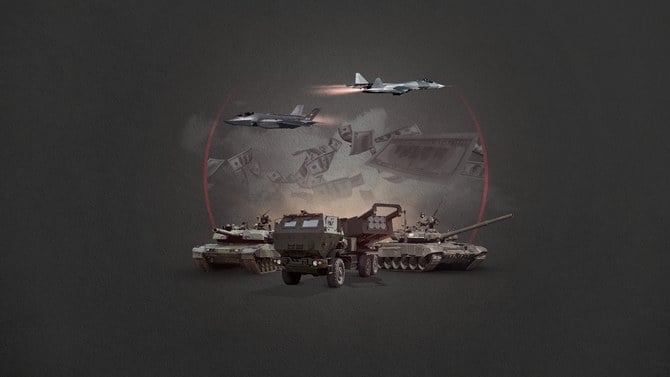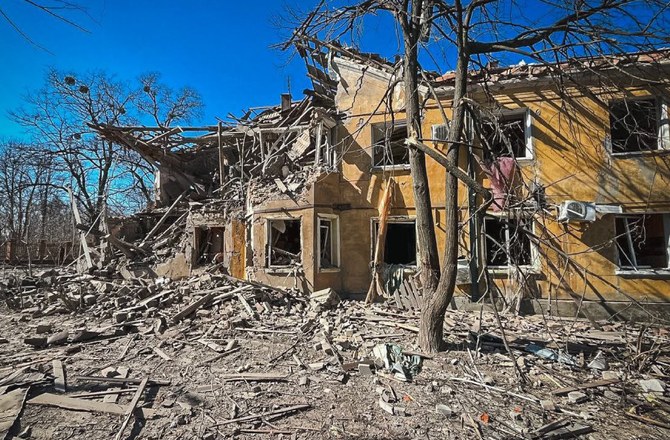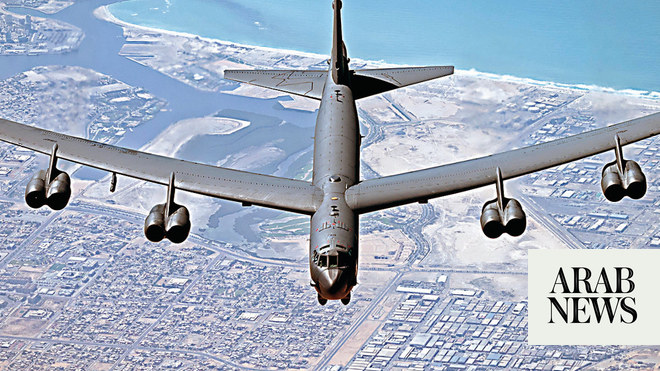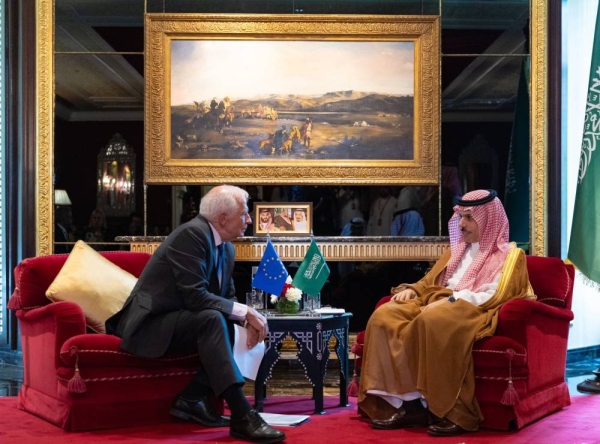
Russia’s invasion of Ukraine last February confirmed the reemergence of state-based threats. States, of course, have considerably more political, economic and military resources than even the most powerful terrorist groups, and can require different strategies and more intensive military procurement to address the threats they pose. Thus, the growth of state-based threats as a result of Russia’s massive war on Ukraine and China’s increasing belligerence over Taiwan has already caused numerous nations to increase their defense spending considerably.
But added to this latest scramble for military kit is the fact that stocks of numerous ammunition and weapons types, both in Russia and the West, have been burned through at staggering rates in Ukraine, creating extra time-sensitive demand on the defense industry and causing wider strategic problems.
While paling in comparison to the tragic human costs of Russia’s war in Ukraine, the economic and military costs thus far have been staggering. Russia has frequently fired 20,000-plus artillery shells a day, burning through its conventional stockpiles faster than it can replace them, according to US intelligence. The same applies to its much smaller stockpiles of rarer and more expensive precision-guided munitions, which have been used to cripple Ukraine’s energy infrastructure this winter.
Meanwhile, Russia has taken about 100,000 casualties and lost over 1,500 tanks, 2,500 armored fighting vehicles and personnel carriers, 2,000 trucks and more than 130 aircraft and helicopters, according to Oryx. Russia has mobilized at least 300,000 reservists to save its army from collapse and, while figures on what the war has cost to date vary hugely, Moscow’s 2023 defense budget is 40 percent higher than 2022, taking its total annual spend on military, security and law enforcement to $143 billion, or more than a third of the entire government budget.
Clearly, Ukraine needs help and Western countries have opened their wallets and their stockpiles
Dr. Patrick Bury
The Ukrainian Ministry of Finance has estimated the war costs it about $10 billion a month and, given these costs, it is the scale and scope of Western aid that have been crucial to keep Ukraine in the fight. The scale of US military assistance has been particularly impressive at $19.3 billion as of last month. This includes 38 High Mobility Artillery Rocket Systems and ammunition, 12 of which turned the war’s tide when introduced in June; eight National Advanced Surface-to-Air Missile Systems; 45 T-72B tanks; 1,600 Stinger anti-aircraft systems; 8,500 Javelin anti-armor systems; more than 2,500 tactical drones; and 142 155mm and 36 105mm howitzers with more than 1 million artillery rounds, among many other items.
The UK is the second-biggest military donor at £2.3 billion ($2.79 billion), including more than 10,000 Next-generation Light Anti-tank Weapon, Javelin and Starstreak missiles in total and 100,000 artillery shells. The EU collectively has given $3.1 billion through its European Peace Facility. Clearly, Ukraine needs help and Western countries have opened their wallets and their stockpiles.
Stockpiles, in particular, are increasingly important. Reduced since the end of the Cold War and the decline of state-based threats, another important factor has been the drive for more efficient military logistics systems among Western militaries over the last 25 years in order to reduce costs. My own research has highlighted the vulnerability to strategic shocks of these more efficient but less resilient military logistics frameworks. Meanwhile, the differing military and hence procurement demands of the campaigns in Iraq and Afghanistan have also played a part.
But the net effect is that the defense industrial base in the US and Europe was not prepared for its stocks to be burned through so quickly. Indeed, recent analysis by the Royal United Services Institute has argued that the British Army would run out of ammunition in about a week if it was subjected to the intensity of combat Ukraine faced in the Donbas last summer. There are similar concerns in the US, where Austin Dahmer has criticized the “anemic capacity of the defense industrial base.” He estimates that up to 45 percent of US Javelin stocks may have been sent to Ukraine. He also presciently points out that restocking US inventories of these weapons means other orders produced by the same firm, Lockheed, which could be more effective in a different conflict, are deprioritized.
This would not be a problem if there were no other state-based threats. But China has been spending heavily and rapidly modernizing its People’s Liberation Army to get into a position where it can successfully invade Taiwan while keeping the US out. Senior American naval officers and analysts are increasingly concerned that China is close to reaching this position. While Xi Jinping has been publicly concerned about Russia’s invasion of Ukraine, privately he must be thankful for the window of opportunity it may present him by focusing US political attention and military supplies on Ukraine rather than Taiwan.
Also read: Biden well placed to win a second term
Indeed, recent reports of a Taiwanese order of 208 Javelins and 215 surface-to-air Stinger missiles, both of which were placed in 2015 and have yet to be shipped from US firm Lockheed, indicate the pressure the defense industry is under to meet soaring demand. US defense officials argued that because the Ukraine shipments were old stock rather than the new missiles ordered by Taiwan, Ukraine-bound supplies were not the cause of the delays. However, White House spokesman John Kirby did admit that the US’ efforts to fill its own weapons inventories, as well as those of its allies, were “a balancing act.” This directly supports Dahmer’s well-researched concerns about the flexibility of the US defense industrial base.
The same is true in Europe and around the wider world. According to the Stockholm International Peace Research Institute, global military expenditure rose 0.7 percent to $2.1 trillion in 2021, breaching the $2 trillion mark for the first time. It is safe to assume that this figure will increase markedly due to 2022’s war in Ukraine. With the US, China, India, Taiwan, Japan, the UK, Russia, Ukraine, Poland, Germany and France all pledging increases — in many cases huge increases — in defense expenditure, there will be a rush to resource and fulfill orders.
The Western defense industry is well placed to increase its market share at the expense of Russia
Dr. Patrick Bury
The experience of COVID-19 and war in Europe has led to an increasing awareness in the West of the need to build supply chain resilience by “reshoring” businesses critical to military supplies. Meanwhile, armaments manufacturers across the West are gearing up, with BAE Systems seeing share prices rise on the back of US and UK orders to replenish or replace stockpiles sent to Ukraine.
One of the interesting aspects of the war in Ukraine for analysts and the defense industry has been the performance of Russian kit. Contrary to common perceptions, some of its advanced equipment, such as electronic warfare equipment, has generally worked well. But clearly, many conventional platforms have not been optimally maintained or employed, leading to very heavy operational losses.
However decent some of these platforms may actually be, destroyed and abandoned kit is not a good look if you are a major arms exporter like Russia. India is Russia’s biggest market by some margin in this regard and, although unlikely to ditch reliance on Russian-made weapons and equipment, it is likely their performance is giving New Delhi some cause for concern. At least India has the advantage of being better-placed to access Western markets than Russia’s second-largest buyer, China.
Interestingly, Algeria, Egypt and Iraq are also reliant on Russian arms and it remains to be seen if and how Ukraine impacts their confidence in them. Either way, Russia is highly unlikely to be able to fulfill recent orders of certain types of weapons and kit, given it has reportedly received artillery shells from North Korea and drones and expertise from Iran. Indeed, the use of the Shahed 136 drone by Russia will be viewed as a boon for Tehran, not only in terms of showcasing its capabilities, but also because of what it has extracted in return. Recent reports indicate Russia is sending Su-35 Flanker E air defense fighters to Tehran.
So, overall it is likely to be a busy year for the global arms industry, with open warfare in Europe and high tensions in the Indo-Pacific driving increased demand. As long as it can resource and fulfill its orders, the Western defense industry is well placed to increase its market share at the expense of Russia.
All of this will be affected by how these ongoing strategic threats pan out. How will the war in Ukraine go? Recent comments by senior Ukrainian government and military officials indicate that its forces are badly stretched and need continued Western support to prevail. Meanwhile, the US military and some politicians, if not the White House, appear increasingly worried about the relative costs of continuing such strong support to Ukraine vis-a-vis America’s clear strategic priority in the Indo-Pacific.
An important part of good strategy is the allocation of resources and allies to tasks. Another is sequencing of actions. The Pentagon has stated it does not expect a Chinese invasion of Taiwan in the next two years. At the moment, it seems like the Biden administration is betting that it has enough time, and confidence in its indicators and warnings, to continue supporting Ukraine before it must switch to Taiwan. Time will tell if this sequencing is correct.
Dr. Patrick Bury is associate professor in security at the University of Bath. He is a former NATO analyst and army officer.
This article first appeared in Asharq. It is part of a series titled “2023: A year of difficult questions.”












